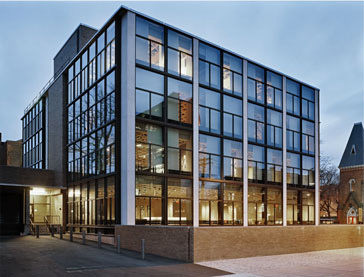May 20 2016 - Aug 28 2016
New Haven, CT
The French Renaissance blossomed during the reign of King Francis I (r. 1515–47), known as the “prince of arts and letters.” Inspired by the opulence of Italian High Renaissance art, Francis attracted Italian artists to his court to decorate his château at Fontainebleau, which became a major artistic center. Everything at Fontainebleau, from the architecture to the tableware, was meant to display the sophistication and taste—and thus the power and prestige—of the king.
Other nobility followed the king’s lead, seeking out the best artists to portray their likenesses and decorate their own castles. Through a selection of sculptures, prints, paintings, enamels, ceramics, and medals, this exhibition explores the relationship between art and power in 16th-century France. Together, the artworks reflect the preferences of the cultured, aristocratic figures of the day—the “goût du prince,” or “taste of the prince”—and highlight the enduring impact of such preferences on French art and culture in subsequent centuries.
Credit: Exhibition overview from museum website
Exhibition Venues & Dates
May 20 2016 - Aug 28 2016
New Haven, CT
